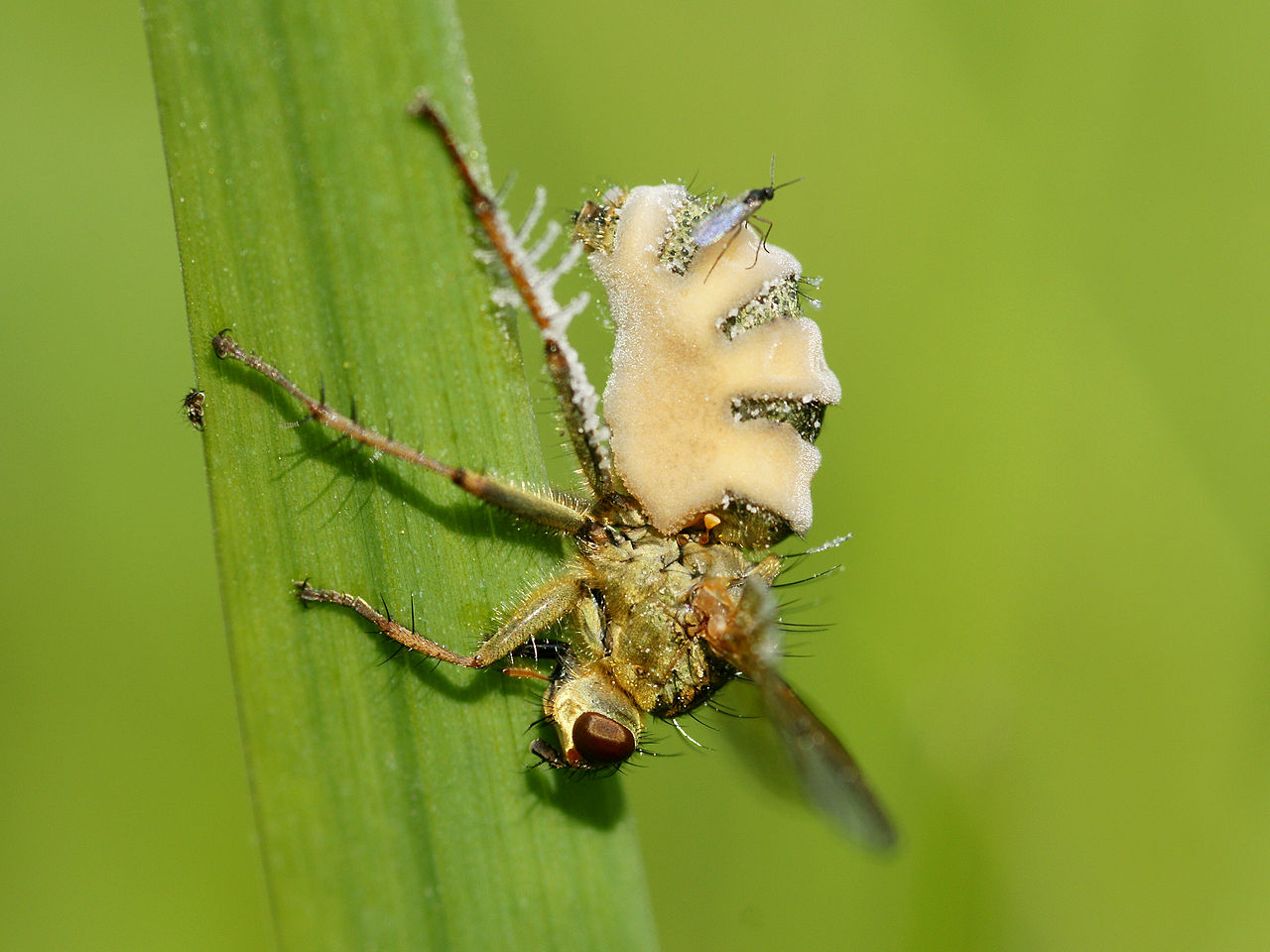Scientists built a zombie fungus cannon
Embargoed until:
Publicly released:
2019-10-30 11:01
Dutch and Danish scientists have built an artificial zombie fungus cannon, based on the projectile weapon used by the fungus Entomophthora muscae to spread its spores. The zombie fungus infects house flies and can grow into their brain and control their behaviour before killing them. The fungus grows cannon-like stems from the corpse of the unfortunate fly, and a build up of fluid allows these cannons to eject a jet of goo which carries the fungal spores to their next victim. Presumably inspired by the beauty of nature, the researchers decided to make their own cannon, and used it to show that the real thing is an effective way for the sinister fungus to spread its spores to a new host.
Journal/conference: Journal of the Royal Society Interface
Link to research (DOI): 10.1098/rsif.2019.0448
Organisation/s: Technical University of Denmark, Denmark
Funder: Villum Fonden, Denmark.
Media Release
From: The Royal Society
Zombie fungus cannon: Fungal artillery of zombie flies: infectious spore dispersal using a soft water cannon
The pathogenic fungus Entomophthora muscae relies for its dispersal on showers of spores. The fungus forms “artillery” on its host (a housefly cadaver) that consists of a plethora of micrometric stalks. Each stalk is a liquid-pressurized cannon that ejects a jet of its cell content and the spore initially attached to the cannon. To better understand the key mechanisms of this ejection, we designed a biomimetic cannon – a millimetre-scale elastomeric barrel – and studied build-up of pressure and projectile ejection velocity. Our results yield insights to the optimum size of E. muscae spores to maximize dispersal, and increase potential to reach a new host.
Attachments:
Note: Not all attachments are visible to the general public
-
The Royal Society
Web page


